I love indoor plants, which are known to improve our sense of wellbeing, the quality of the air inside, and give us a connection to nature. Most of us aren’t aware of the array of Australian natives that could be used indoors and replace the bucketloads of exotics commonly marketed at nurseries.
Inside, plants generally have to cope with low light, dust, dryness (low humidity), and care from humans (or neglect!). Air conditioners, fans, heaters and steamy bathrooms make big difference to these environmental factors, as well as how much natural sunlight a room gets, so make sure you consider these things when you place a plant indoors. A general rule of thumb is rainforest plants and dry tolerant plants tend to be better adapted to the indoor environment.
One of the most important things to remember when caring for indoor plants is that they DO need to be taken outside every now and then. How often and how long varies for individual species but in general I would think about giving my indoor plants at least a week outside every month, yes that’s right its best practice to allow your indoor plants outside for a 1/4 of their life! Some will tolerate the indoors more than others. If your indoor plant is starting to look very poorly then putting it outside for a while is the first thing to try (as well as giving it some water if you haven’t done that for a while). Putting plants outside semi-regularly will also reduce the risk of disease from things like scale pests that often infest indoor plants.
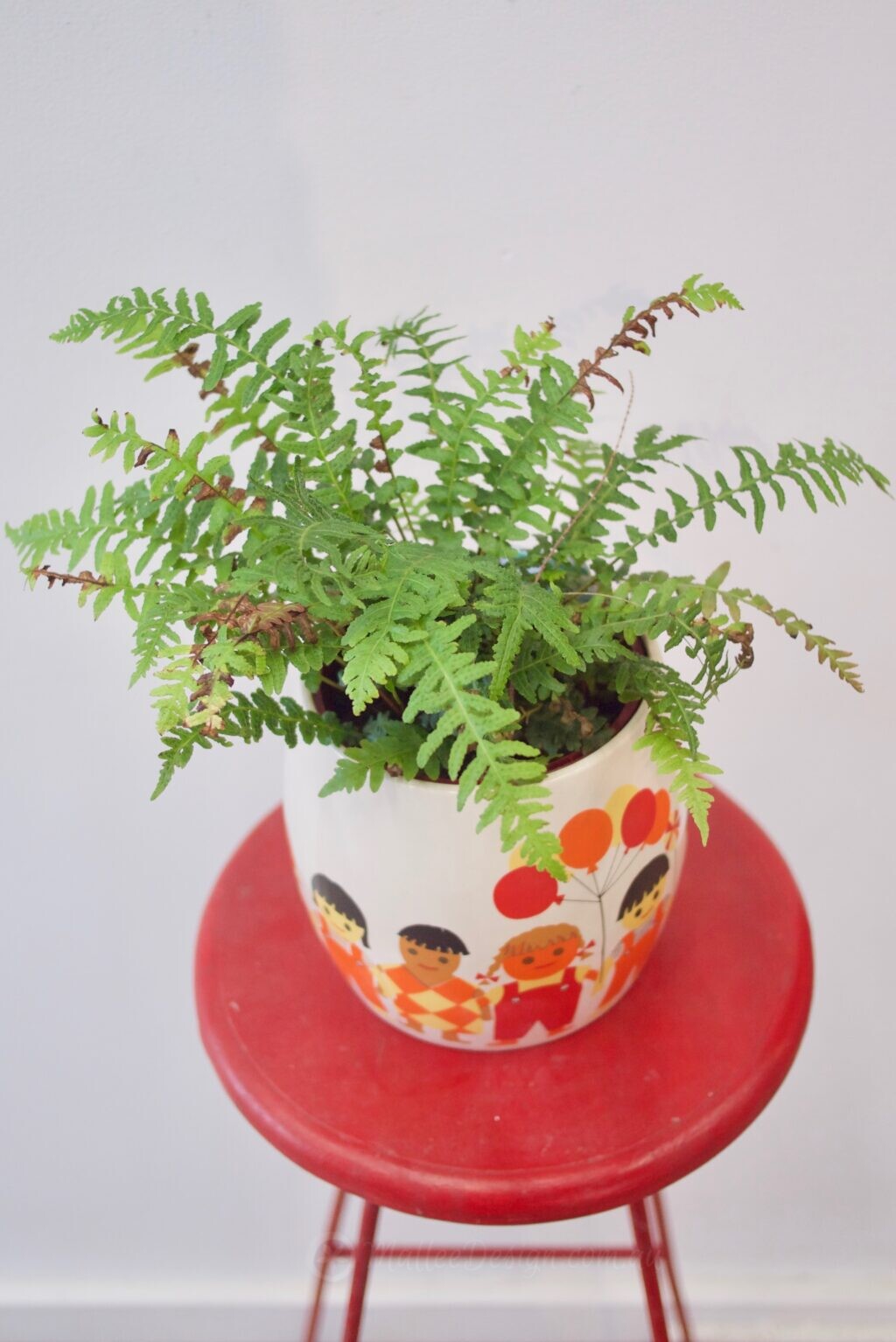
Small Pots
Small pots can be put on windowsills, tables, floors, in bathrooms and be moved around easily to test plants in different locations. The ferns listed tend to be low-light lovers and many do well in a bathroom spaces but there are other small plants you can use apart from ferns. Here are my suggestions:
- Rasp fern (Doodia aspera) – an dense fern with rough, papery leaves and pinkish-red new growth. This fern could go just about anywhere inside a house and can also be a great shade plant in the garden.
- Sickle fern (Pellaea falcata) – a more well-known indoor plant. It’s round baby leaves grow into pointed blades as it matures and the fronds often grow to 70cm long. This is actually a NZ species but it is so lovely I am including it anyway!
- Gristle fern (Blechnum cartilagineum) – has fronds with widely spaced leaves and striking red new growth. I’ve often used it in garden designs but it’s absolutely underrated as a potential indoor plant
- Kangaroo Paw fern (Microsorum diversifolium) – a commonly used indoor native that can be put in in hanging baskets as well as pots. It has glossy, leathery leaves and vigorous growth.
- Jungle Brake fern (Pteris umbrosa) – I love the vibrant, star-shaped fronds of this fern seen in the photo below. It likes a little more light than most ferns so put it in a more sunny position, perhaps by a window.
- Native Tongue orchids (Dendrobium sp.) – there are several native orchids that can be grown in pots e.g. Dendrobium speciosum, some can also be grown on walls (see the next section Hanging Baskets and Walls). Most will prefer a well-draining potting mix and diligent watering in Summer.
- Native mint (Mentha australis) – would go well on a sunny kitchen windowsill where the leaves can be easily picked and added to meals. Note that this plant does need good sun.
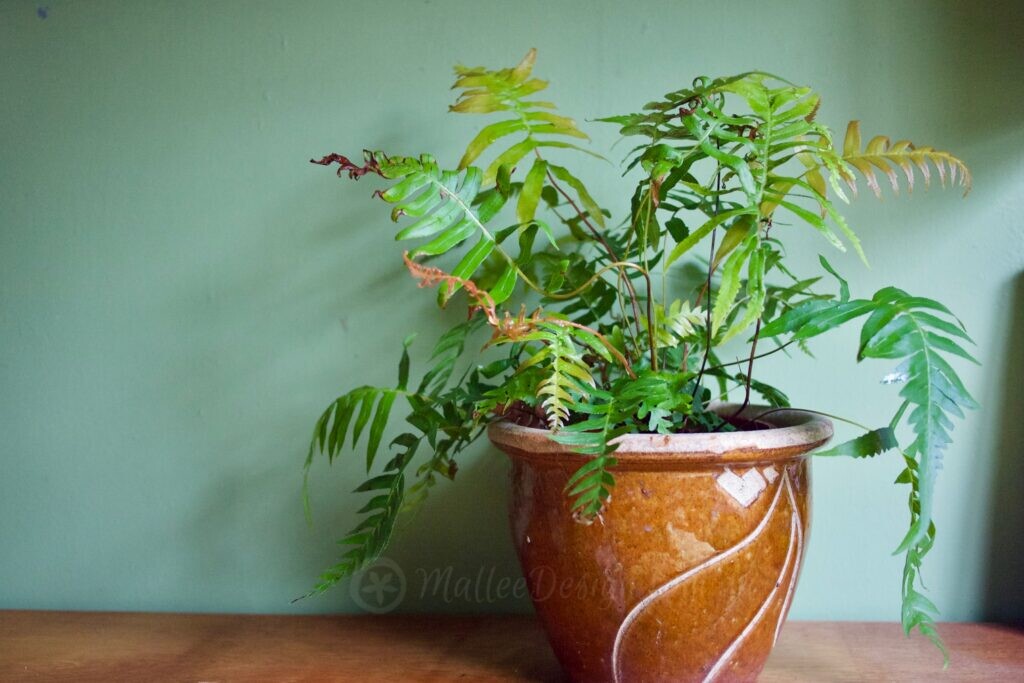

Hanging Baskets and Wall Mounts
Vines and climbers are my favourite kinds of plants to put indoors, they make their own way around a space, curious by nature! They look fantastic in hanging baskets but can also be just as stunning potted so don’t think you have to go around putting hooks on walls and buying fancy hangers to make these natives look great.
- Gum vine (Aphanopetalum resinosum) – this rainforest vine has waxy leaves that come off long meandering stems. It enjoys moderate light conditions and is relatively easy to source from nurseries.
- Wombat Berry (Eustrephus latifolius ) – has delicate, dark green leaves and will scramble over whatever is nearby. I’ve successfully grown this native in my bathroom.
- Kangaroo vine (Cissus antartica) – has large, deep green leaves with serrated edges (although it’s soft to the touch). It looks great in both pots and hanging baskets.
- Waxvine (Hoya australis) – is often used indoors and has waxy leaves with vigorous growth. It’s hardy to indoor conditions and can be trained both down and up furniture, it really enjoys a well drained soil and doesn’t like being over-watered.
- Native jasmine (Jasminum suavissimum) – is a vine with thin leaves and stems that becomes dense over time. It has deep green foliage and is tolerant of shady places.
- Elkforn fern (Platycerium bifurcatum) – this fern can be bought mounted to a wood backing and hung on a wall in a spot with reasonable light. When the wood backing dries out the plant should be watered/misted or the wood rehydrated. These ferns like more humid conditions and may be suited to bathroom or sheltered courtyard environments.
- Epiphytic Native Orchids – some native orchids like Dendrobium linguiforme, Dendrobium kingianum and Dendrobium speciosum can be hung on the wall from a wood backing. They require regular misting and careful attention to make sure they don’t regularly dry out and may work well in a bathroom/courtyard.
- Native violet (Viola hederacea) – a classic indoor feature but one that I think is rather lovely and very easy to source. It’s used outside as a native groundcover.
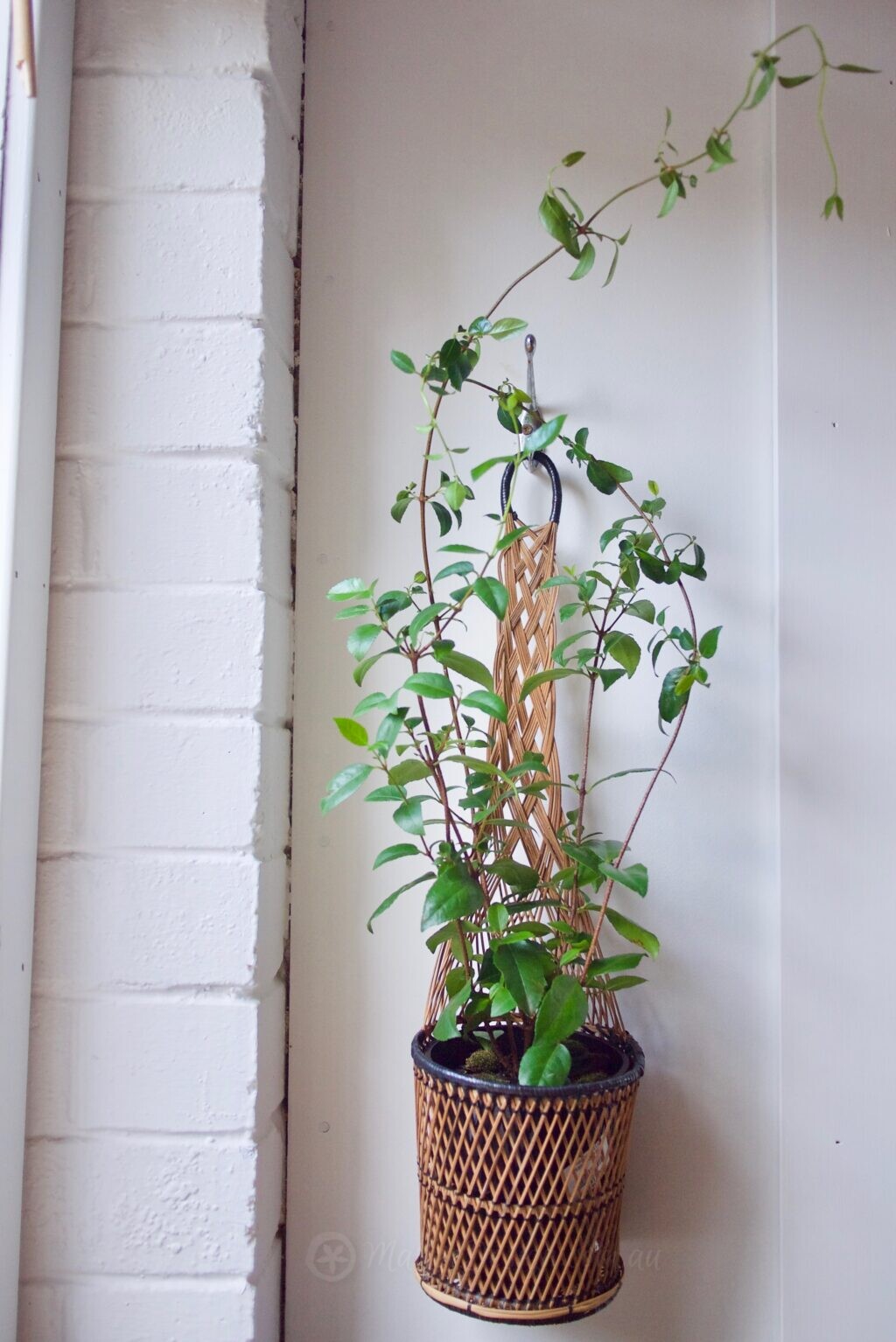

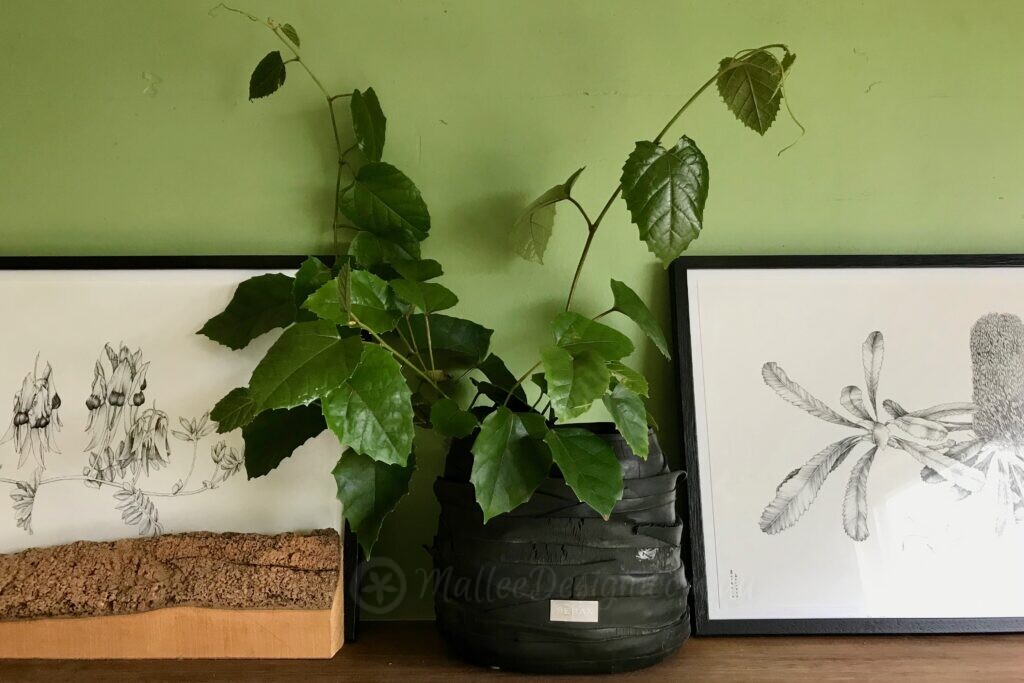
Medium Pots
Plants potted in medium sized containers are best placed on the floor, of course they’re often too heavy to put anywhere else! Some of these plants may be suited to larger pots as well:
- Native Rhododendron (Rhododendron lochiae) – has rich glossy leaves and is adapted to shaded positions. I have grown this in pots outdoors and am sure they would do well inside too.
- Cunjevoi (Alocasia brisbanensis) – a classic indoor plant with vibrant green fronds shaped like arrow heads (see photos below). It likes a bit of sun and does well next to windows.
- Native ginger (Alpinia caerulea) – does well in shady, low light spots. ‘Red Back’ is a cultivar with beautiful red tones underneath the leaves, which is relatively easy to source from nurseries.
- Stream lily (Helmholtzia glaberrima) – is another shade tolerant species from the rainforest. It has weeping, long strappy leaves and may produce large cluster of white flowers on stems.
- Burrawang (Macrozamia communis) – is a dry-tolerant understory plant with spiky, ornamental fronds that I love. Don’t put it anywhere you’ll brush against it because the tips are spiky! They are very slow growing which makes them a good container specimen (but do get quite large eventually).
- Grey Myrtle (Backhousia myrtifolia) – has glossy, cinnamon-scented leaves and an upright habit. Its a relative to the well known lemon myrtle, (B. citriodora) would also do well inside and both could be put in large pots to encourage more growth.


Large Pots
Most of the species here a trees whose growth will be restricted by being in a large pot and by being indoors.
- Wollemi Pine (Wollemia nobilis) – is a living fossil, only discovered by botanists in the 1994. As seen in the photo below it has apple-green young foliage which turns a deeper green as it matures. It will grow in a sunny indoor position but should be taken outside for a whole week once a month. Positioning it close to a door might be wise!
- Queensland bottletree (Brachychiton rupestris) – has an amazing bulbous trunk designed for water storage, it starts to develop its form at around 5 years of age. Place in a very sunny position by a north facing window so it gets the light it needs.
- Davidson’s plum (Davidsonia jerseyana) – is a rainforest tree with edible fruits (although you won’t get pollinated flowers or fruits indoors). The serrated leaves are smooth to the touch, not prickly.
- Bolwarra (Eupomatia laurina) – another shade-loving plant that should cope well in the indoor environment. It has dense foliage, a rich glossy green.
- Myrtle Beech (Nothofagus cunninghamii) – is native to the rainforests of Tasmania and Victoria and prefers cooler climes, it’s worth a trial indoors. Button-sized leaves are dotted along the long branches giving it an elegant form. Another native, Orange thorn (Pittosporum multiflorum), has a similar aesthetic and would suit a small pot if don’t have room for the Nothofagus.
- Native tamarind (Diploglottis australis) – can be grown inside until it gets too big for its pot. It has beautifully large sets of velvety leaves and does well in the shady indoors.
- Cabbage palm (Livistona australis) – has star shaped fronds and is well-known to work as an indoor plant. Give it a sunny spot and it will be happy.
- Bangalow plalm (Archontophoenix cunninghamiana) – is another palm commonly used indoors that will give a space a more tropical feel and doesn’t need much looking after.
- Native Gardneia (Atractocarpus fitzalanii) is a small attractive tree or large shrub with large glossy leaves and scented white flowers. I grows well in a large container in low light conditions and is one of my favourites.
- Lepidozamia peroffskyana is a wonderful very slow growing plant belonging to the ancient Cycad Family. It is great for growing in pots as it enjoys a free draining soil, is tolerant of dry conditions and as it naturally occurs in the wet open forests of SE QLD and NE NSW it is a hardy indoor plant.

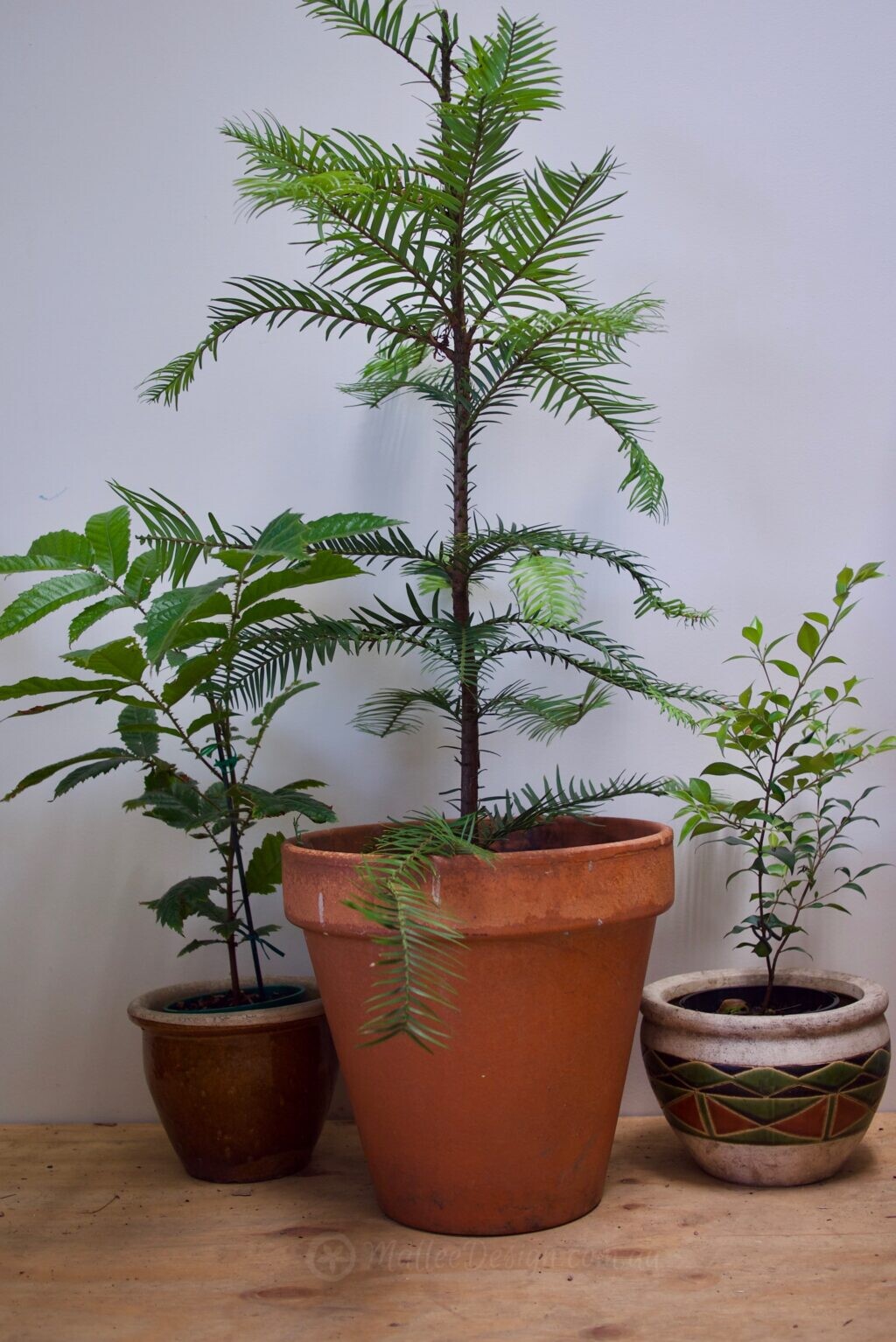

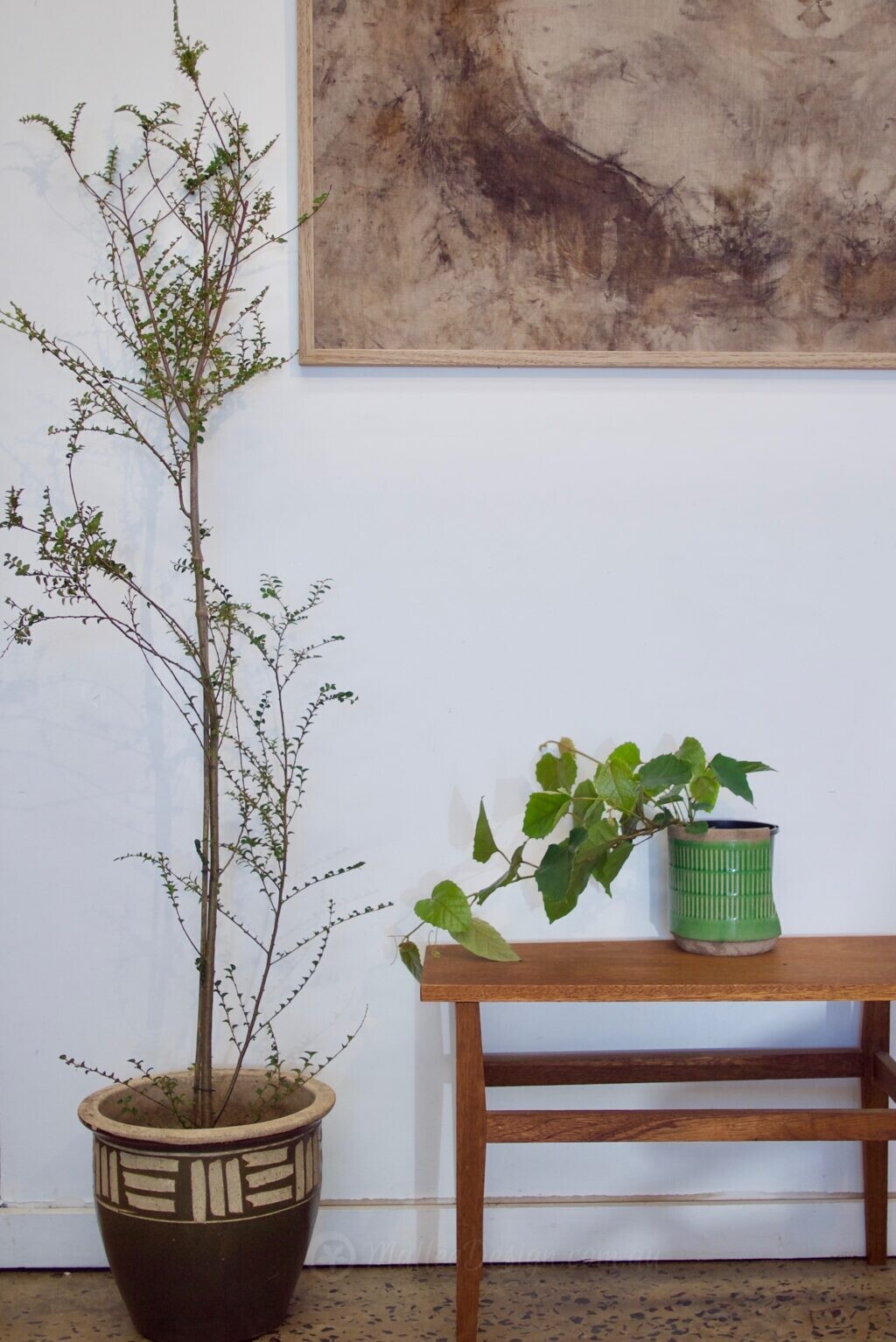
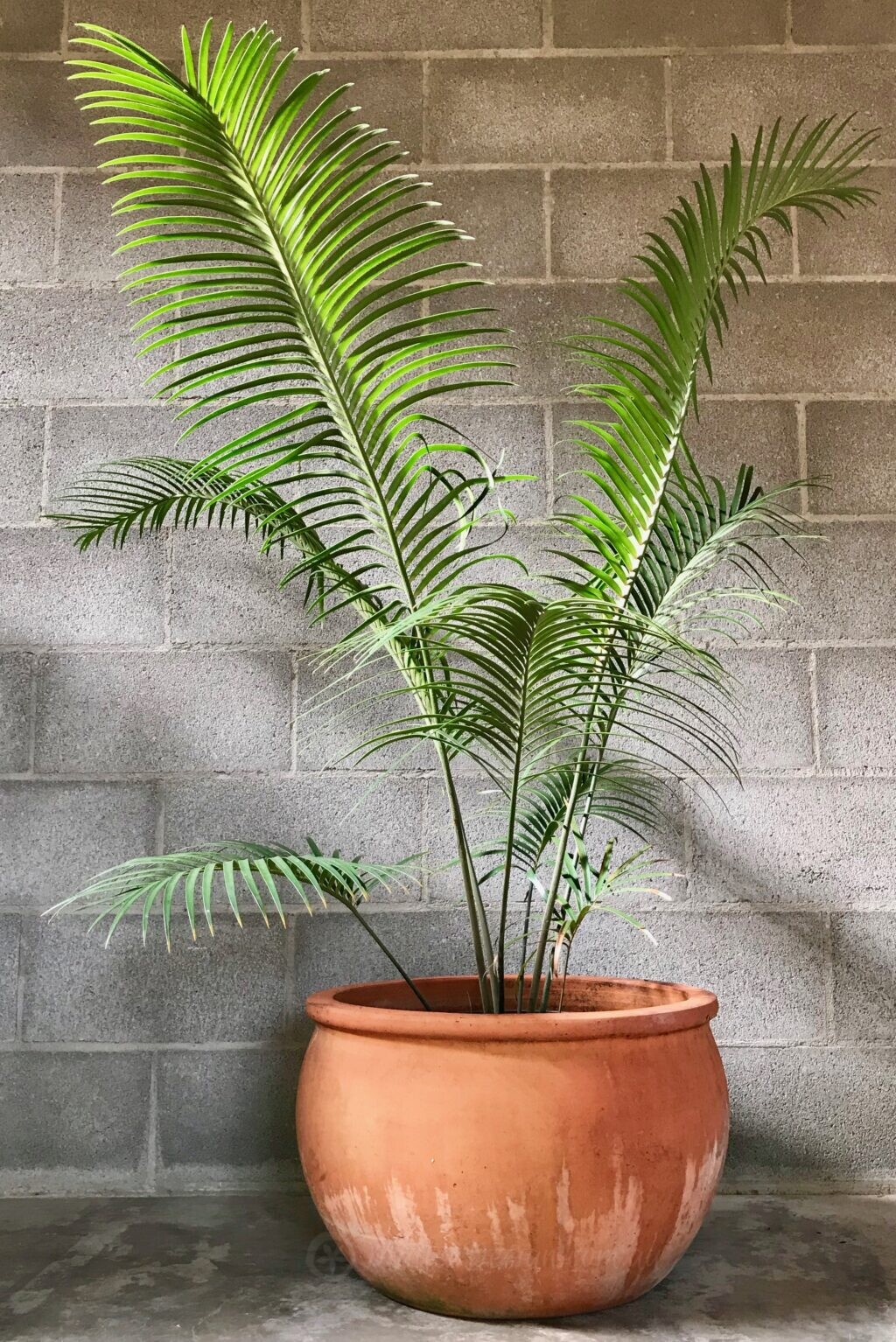

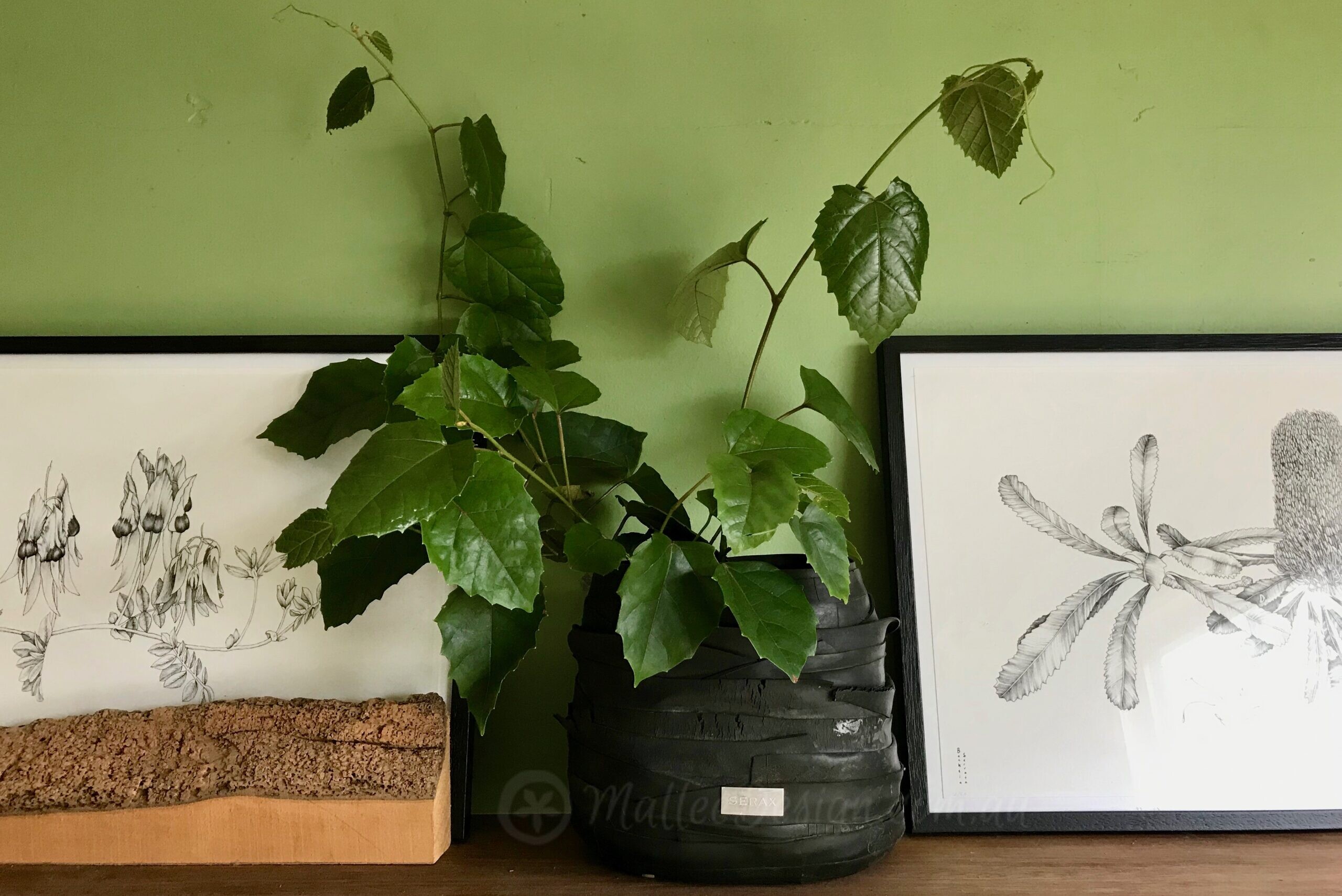
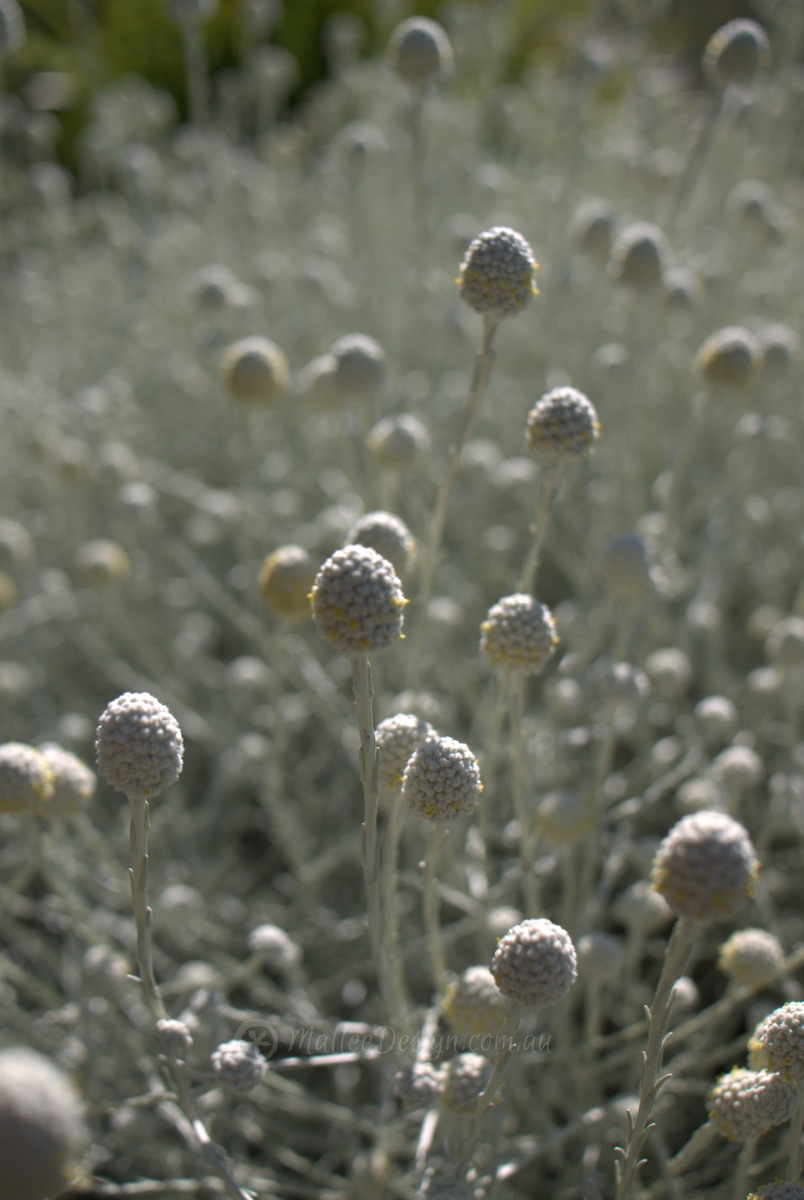
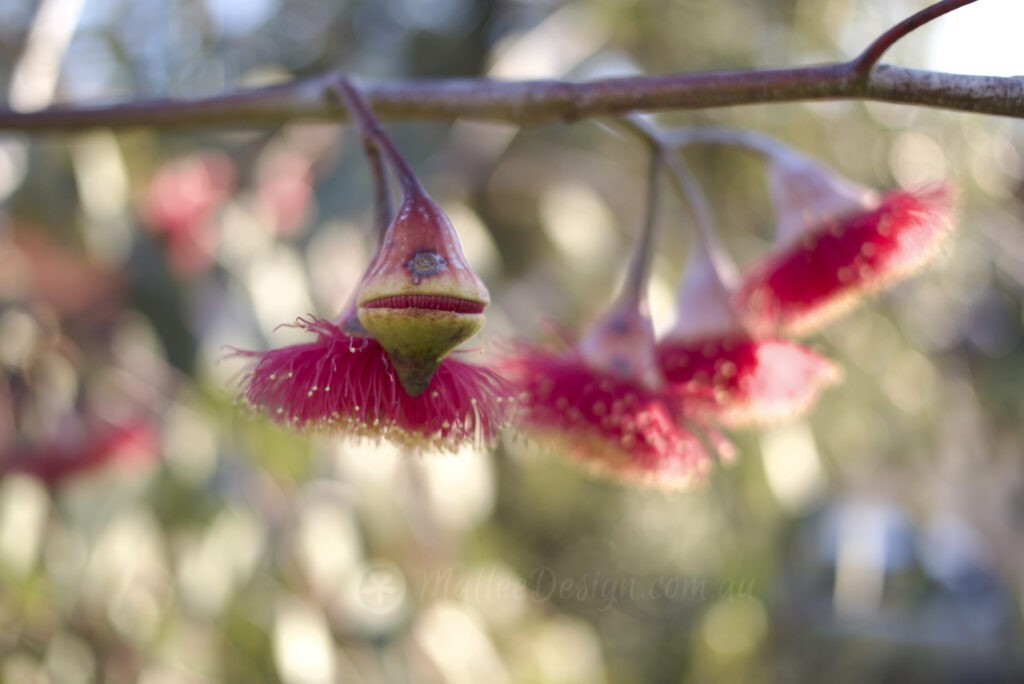
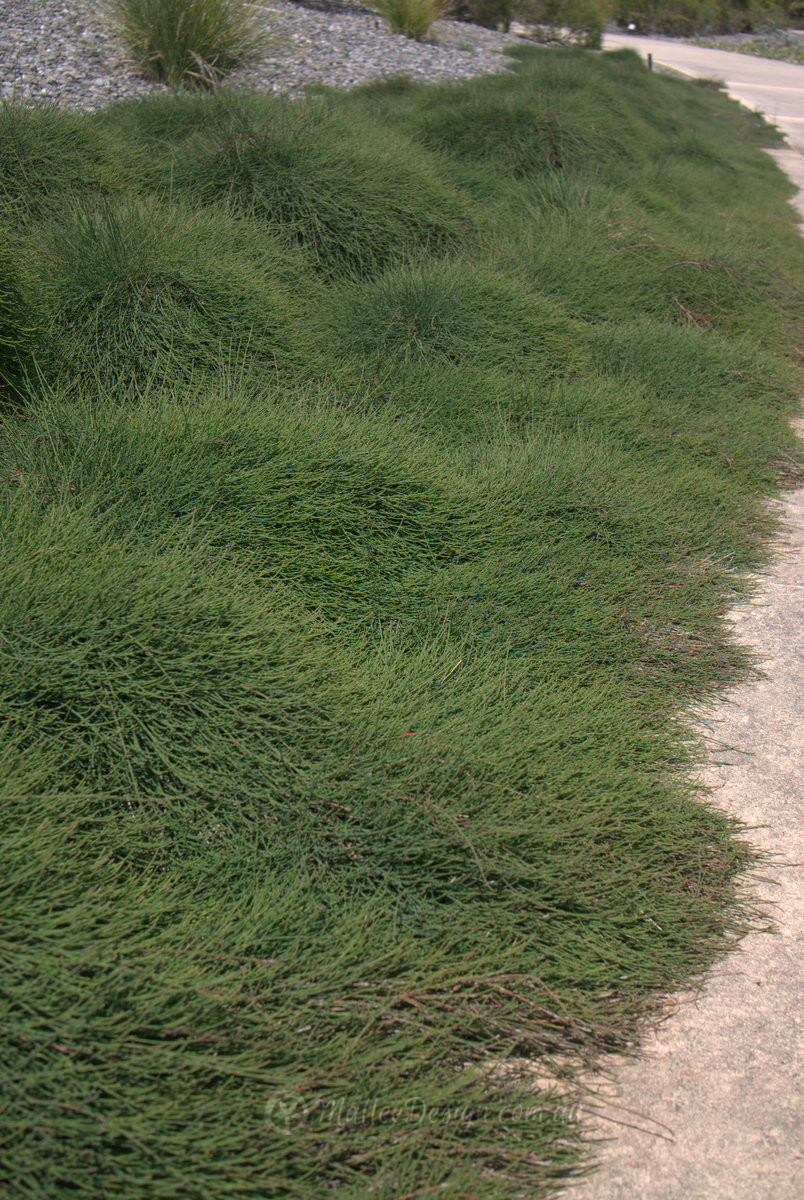
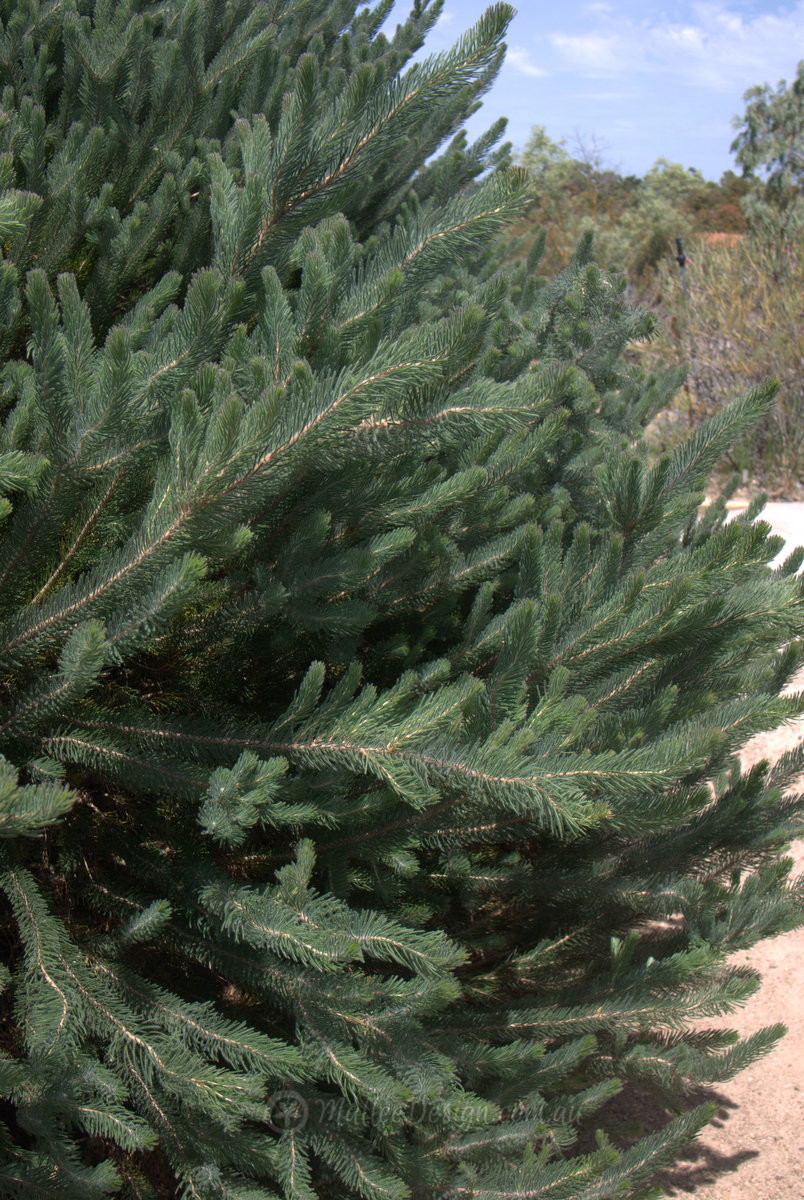
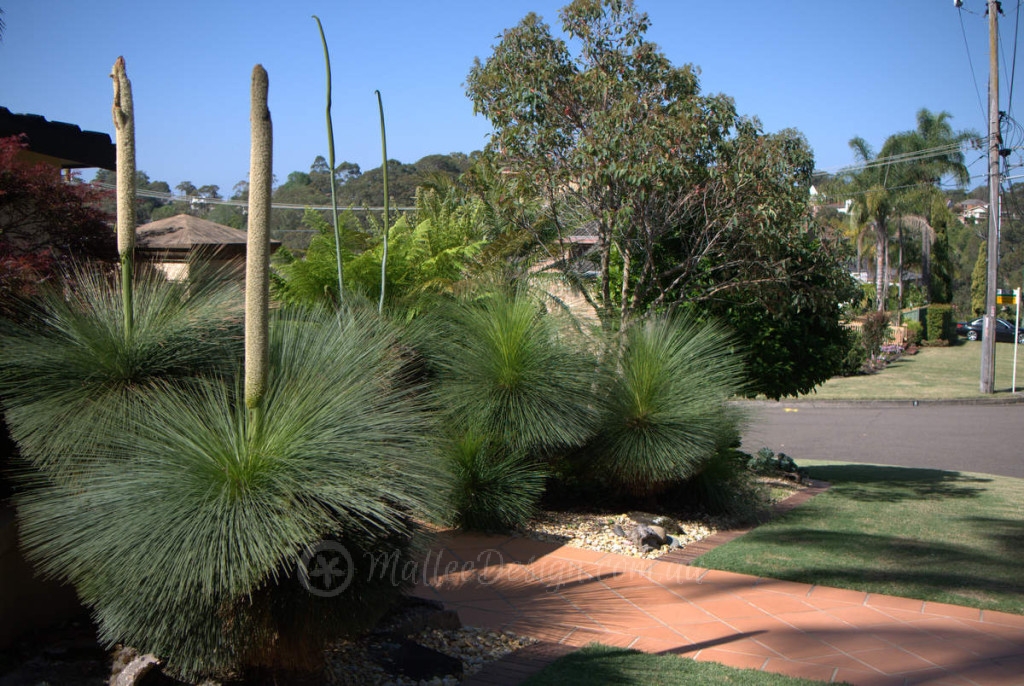
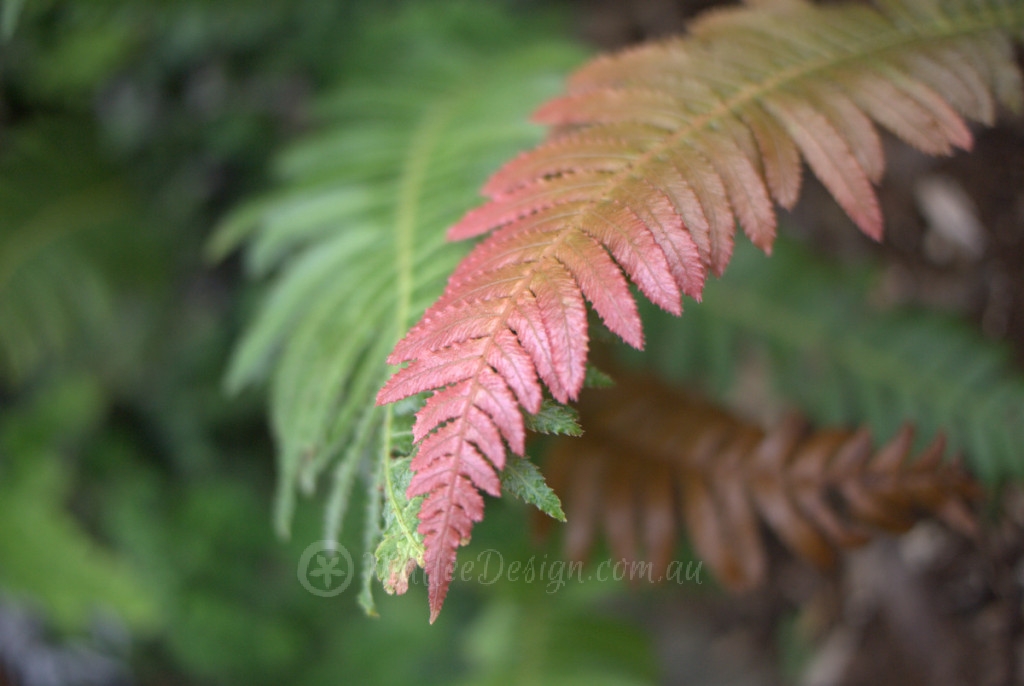
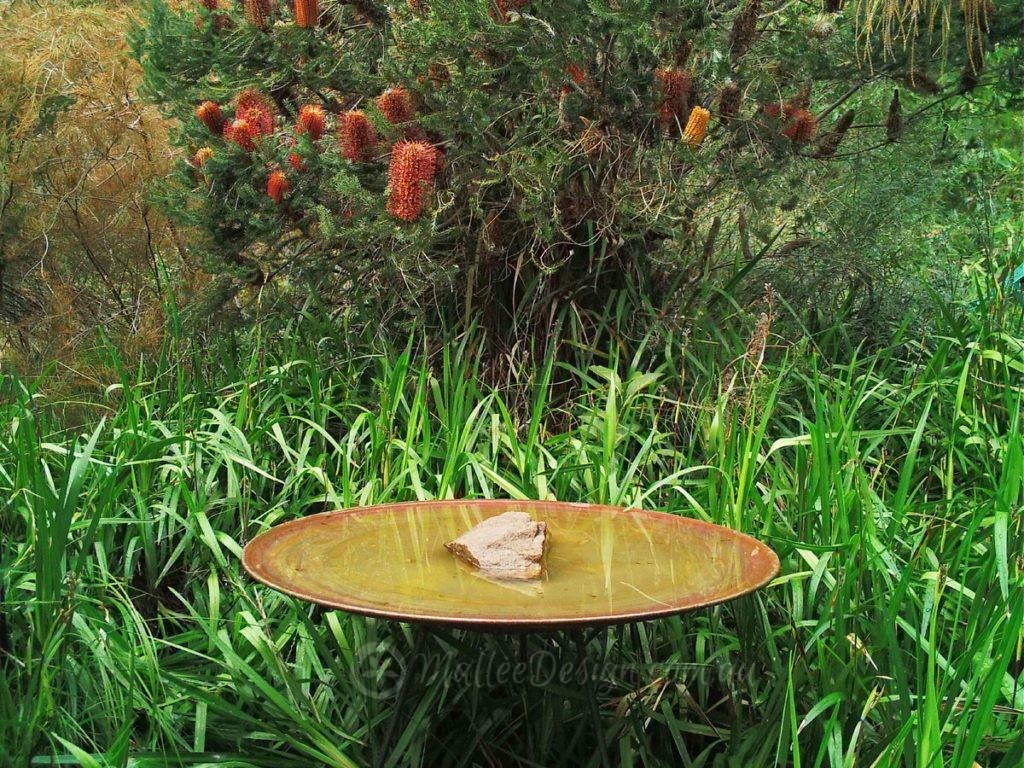
Leave a Reply